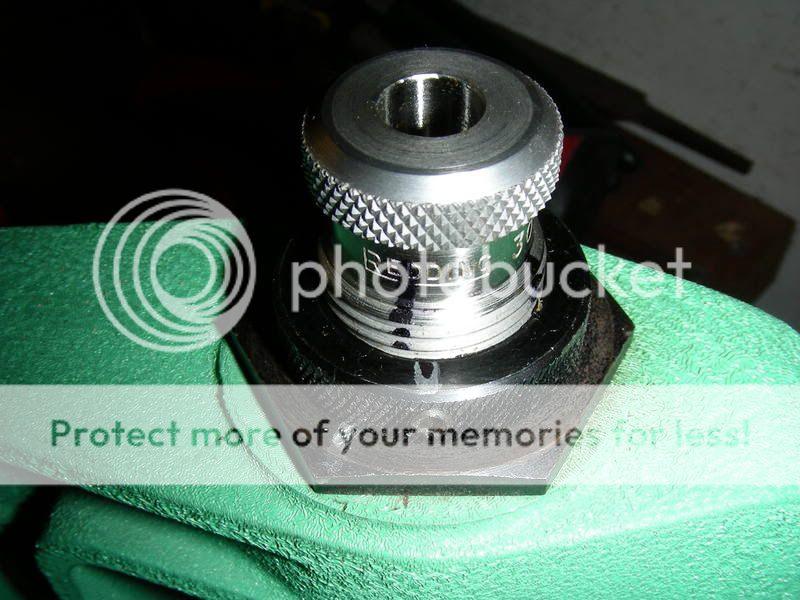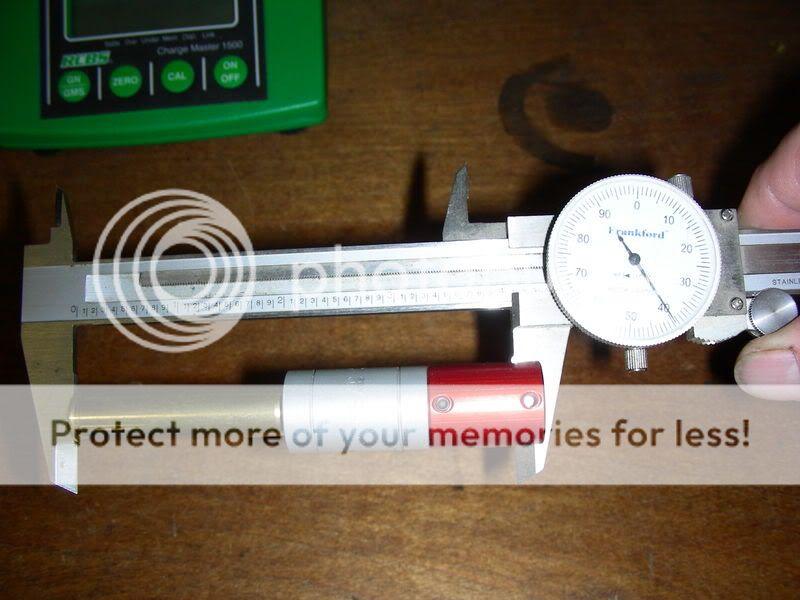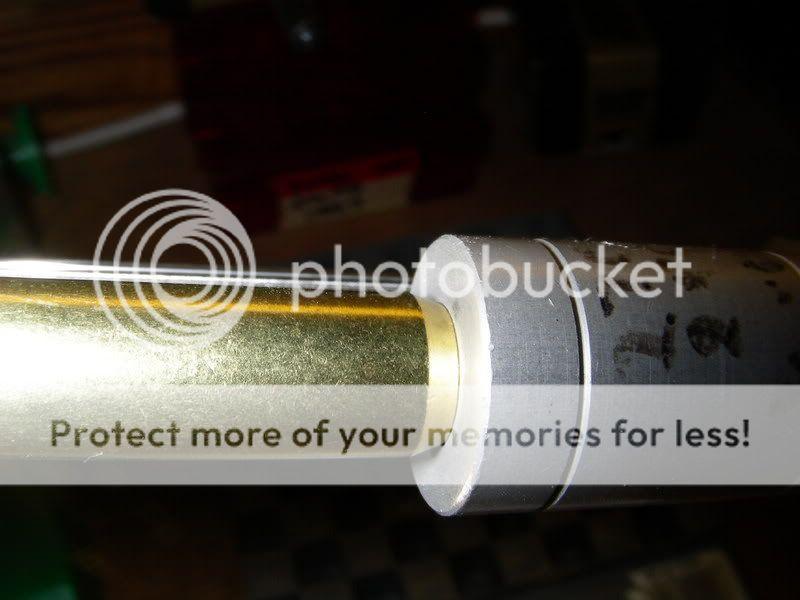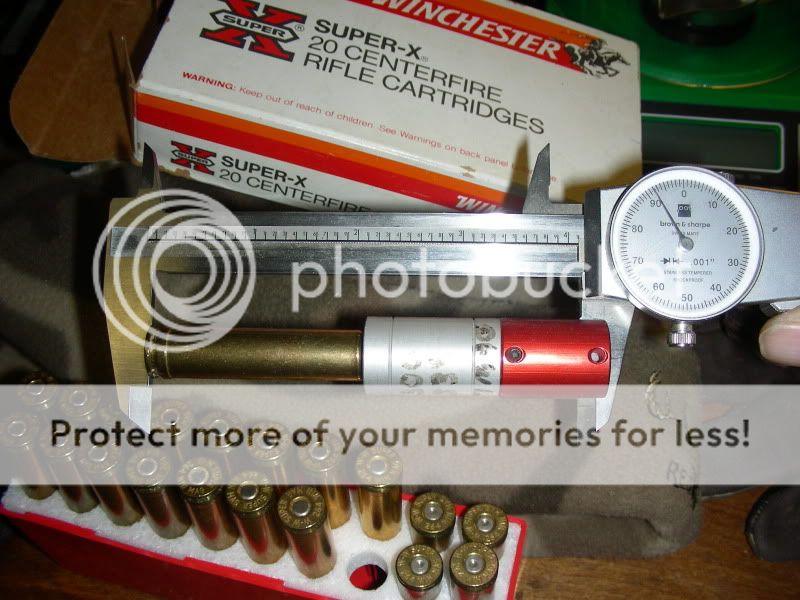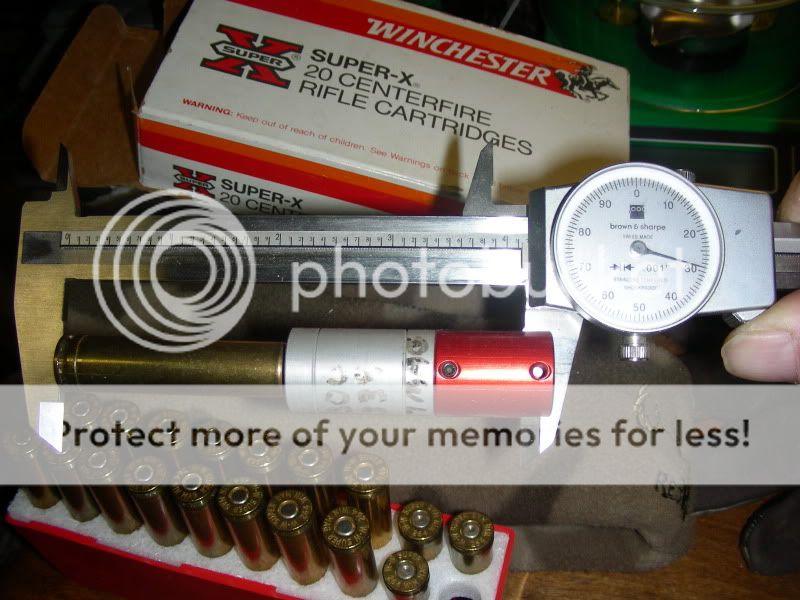Got to strongly disagree, that is an old wives tail not backed up by facts for an across the board statement
The majority of the BR (both SR and LR) FL size based on surveys at Br central! They are after accuracy. So that really kills the NS is "the" superior for accuracy theory.
Properly sized dies that are adjusted correctly lead to better accuracy and case life.
NS is touted when people do not know how to adjust the dies, buy oversized dies, then NS and suddenly think it helps them. Yes compared to what they were doing, but not compared to proper dies and correctly setup to FL size.
NS and then body bump die is NOT NS, that is FL size, just done in two steps.
Specific example, world record 5 shot 1.4" group at 1k was shot with shortened 338 Lapua brass that was shot 54 times at time of record setting. Thrown away after 80th reloading. NO NS only brass has remotely every done that.
BH
Bounty Hunter, I don't mean to disagree with you but have you shot SR BR. I got started back in the 80's and we used Wilson Neck dies and custom ones for the 6ppc.
One thing that happens shooting off a rest as you close the bolt depending on how the die is set up you can cant your rifle in the bags. Walt Berger had a good way to set up a die like this take the firing pin assembly out and adjust the die so that the bolt would close on it's own if you released it instead of doing it by hand. You look at the Hood Press or the copy that Harrell makes that set up for a threaded die and arbor die.
I don't shoot Br anymore but I do have a SB FL Type S die from redding for my 6ppc in the early days Neil Jones bushing shoulder bumping die was used and JLC was converting FL sizer over to bushing dies.
I guess you could say a FL sizer was better vs NS but to me just be one less thing to worry about shooting off the bags in truth just saved me from having to readjust the rifle.
I'm sure your experience may be differ.

